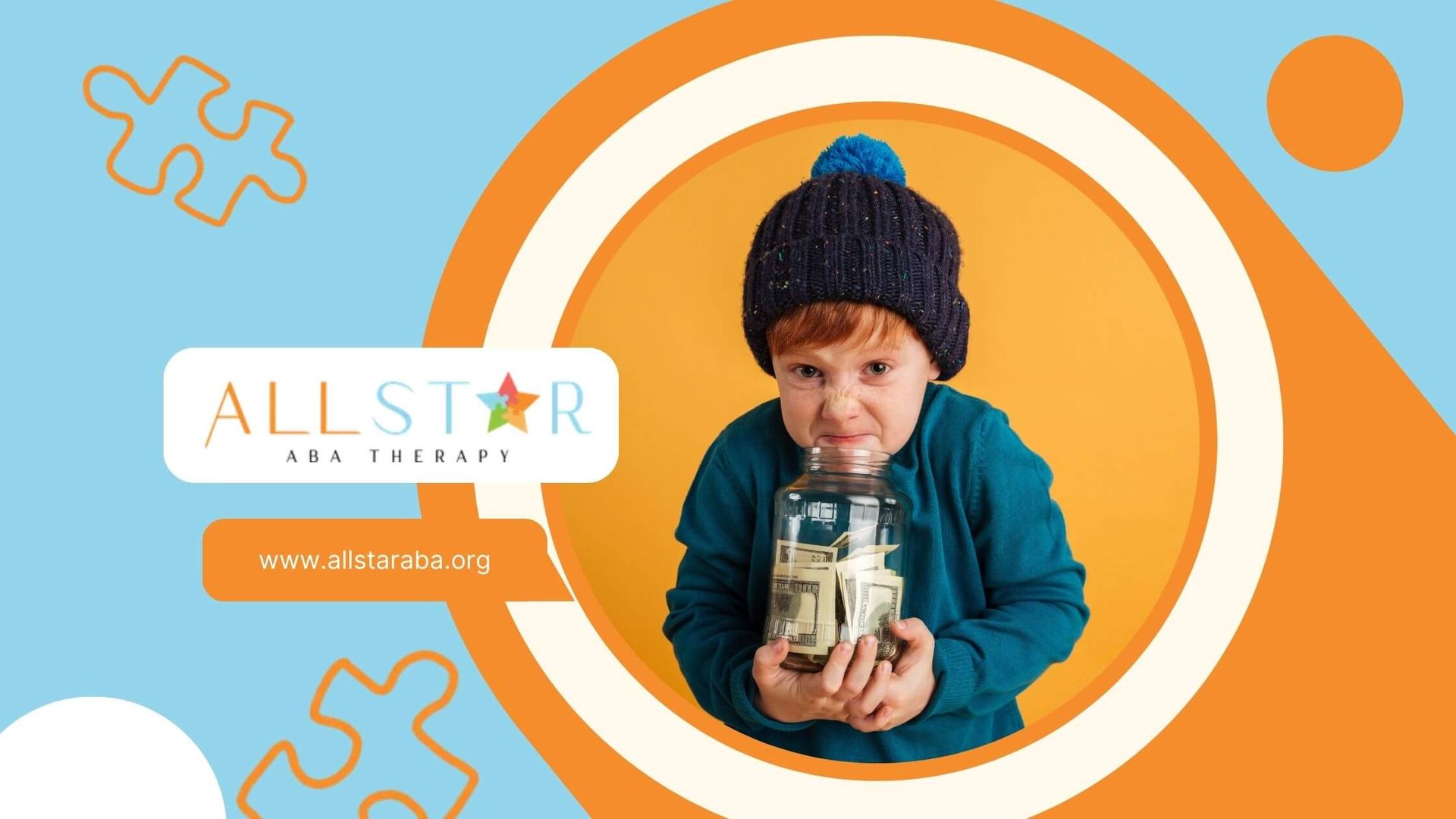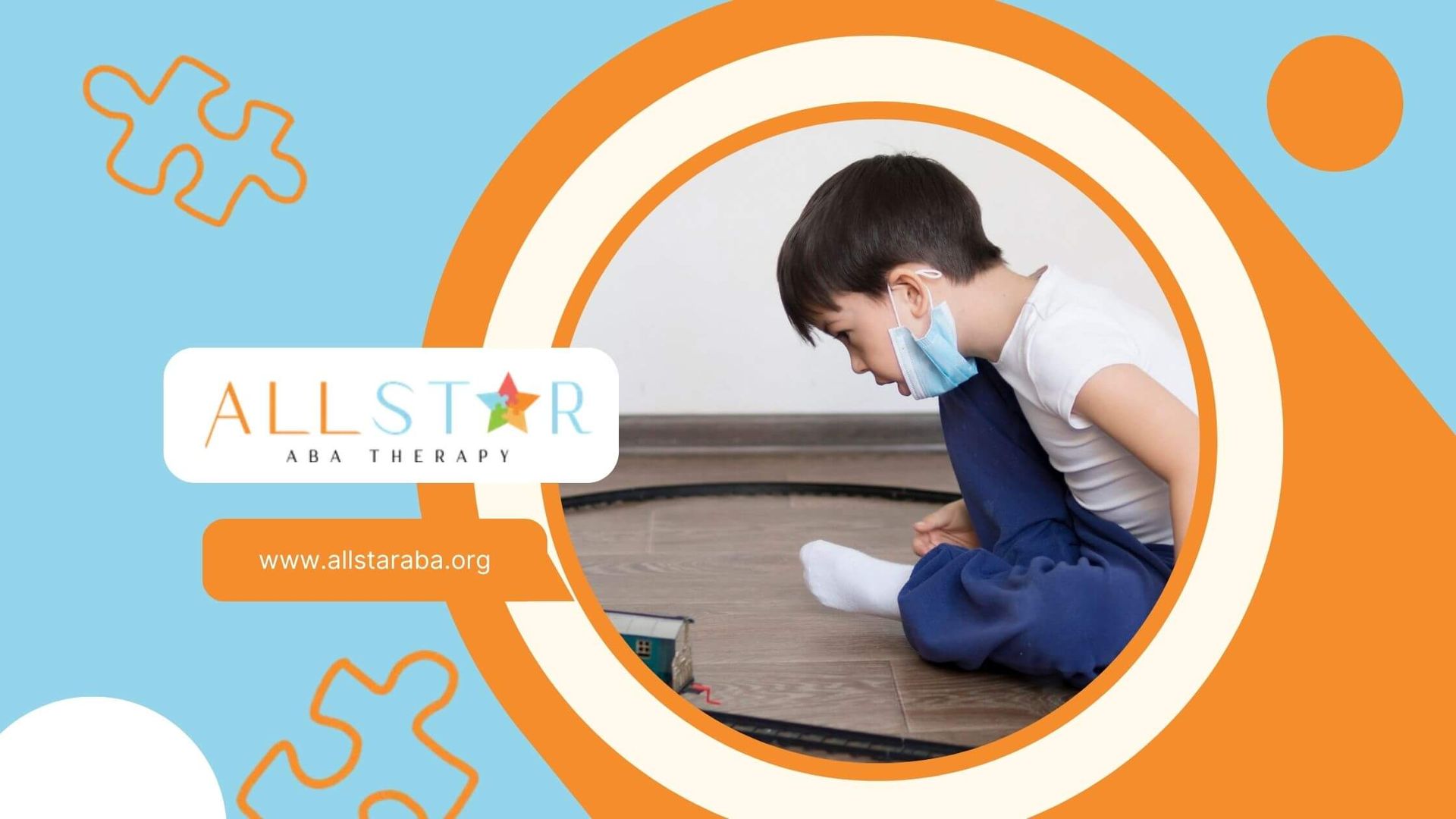New Paragraph
Do Autistic Adults Cry? Understanding Their Emotional Needs
The question of whether autistic adults cry touches on a deep-seated misunderstanding about autism and emotion. For too long, stereotypes have painted a picture of emotional detachment. However, the reality is far more complex and human. Autistic adults feel deeply, and understanding their emotional needs is key to offering genuine support. This article explores how emotions, including crying, are experienced and expressed in autism, moving beyond myths to foster greater empathy and understanding for every autistic individual.
Emotional Expression in Autistic Adults
Autistic people often experience and show emotions differently from their neurotypical peers. This isn't due to a lack of feeling but rather a different neurological wiring for processing and expressing those feelings. An autistic individual's emotional responses, from their body language to their verbal communication, might seem delayed or unconventional to an outside observer.
This difference is rooted in the unique ways they process sensory information and regulate their own emotions. Understanding these underlying factors is the first step to truly appreciating the rich and valid emotional lives of autistic people. The following sections will look closely at emotional regulation and the specific act of crying in autism.
Understanding Autism and Emotional Regulation
Emotional regulation is often challenging for an autistic adult due to differences in sensory processing and executive function. The autistic brain can struggle to filter out unnecessary sensory data from the environment, leading to a state of being constantly overwhelmed. This flood of information can make it difficult to identify and manage emotional responses effectively.
A significant number of autistic people also experience alexithymia, a condition that makes it hard to find words for feelings. A 2019 study by Kinnaird et al. found that alexithymia is present in nearly 50% of autistic individuals compared to less than 5% of non-autistic people. When you can't name what you're feeling, how can you begin to regulate it?
This difficulty in identifying and verbalizing emotions can lead to feelings building up until they become unmanageable. This is often a key factor in the experience of intense meltdowns, involuntary reactions to overwhelming stress.
How Autistic Adults Experience and Exhibit Crying
So, do autistic adults cry? Yes, they do. For an autistic adult, crying is a valid emotional release, just like for anyone else. However, the context and presentation might differ. Crying can be a key feature of meltdowns or a sign of a shutdown, which are both coping mechanisms in response to intense overwhelm.
This behavior is not a choice but an uncontrollable reaction. When an autistic person cries, it can manifest in several ways, often with great intensity because of the built-up emotional or sensory pressure.
What it might look like:
- Intense sobbing or wailing
- Crying coupled with withdrawal or becoming nonverbal (a shutdown)
- Tears as part of a larger physical release during meltdowns, such as rocking or stimming
Myths and Misconceptions About Crying in Autism
Many harmful myths surround emotional expression in autism, particularly concerning crying. These misconceptions often stem from a lack of understanding about the condition, which was once commonly broken down into labels like Asperger's syndrome. True empathy requires moving past these stereotypes.
One of the most damaging myths is that an autistic person's crying is a manipulative tantrum. In reality, this behavior is a sign of distress, not a calculated act to get one's way. A meltdown is an involuntary neurological event, fundamentally different from goal-oriented tantrums.
Here are some common myths to unlearn:
- Myth: Autistic people lack empathy and don't feel sadness. Fact: Autistic individuals feel empathy deeply, though they may express it differently.
- Myth: Crying in an autistic adult is childish. Fact: It is a valid response to being overwhelmed, regardless of age.
The Science Behind Crying and Emotional Responses
The way autistic people experience and express emotions is deeply connected to unique neurological factors. Research suggests that autistic individuals possess neurons with a higher level of connectivity, which helps explain why they are more susceptible to being overwhelmed by sensory input. This heightened sensitivity directly influences their emotional responses.
When the brain is overloaded with stimuli, it can trigger an intense physical and emotional reaction, like crying. Understanding these scientific underpinnings is essential for appreciating why emotional release can look different for an autistic person. We will now explore these neurological and processing differences in more detail.
Neurological Factors Influencing Emotional Release
The brain of an autistic individual processes sensory information from the world differently. This isn't just a preference; it's a matter of neurology. An inability to filter out sensory input means the brain is constantly working overtime, which can easily lead to overwhelming emotional responses.
Different sensory systems play a role in this experience. For example, interoception is our sense of our internal body state. If an autistic individual is overly sensitive to their own heartbeat, they might perceive it as anxiety without an obvious cause. These sensory differences can manifest in various ways.
Here’s how specific sensory systems can influence emotions in an autistic individual:
| Sensory System | How it Affects Emotional Response in an Autistic Individual |
|---|---|
| Interoception | Oversensitivity to internal feelings, like a racing heart or digestive can be distressing and be interpreted as fear or anxiety. |
| Nociception | Undersensitivity to pain may lead to unexplained irritability, while oversensitivity can make even minor injuries feel intensely uncomfortable. |
| Proprioception | Difficulties with body awareness can create a sense of disconnection from one's own body, which may be perceived as anxiety. |
Differences Between Typical and Autistic Emotional Processing
A key difference between autistic and neurotypical emotional processing is time. An autistic adult may experience a significant delay in identifying how they feel, sometimes taking hours or even days to process an emotional event. This can result in reactions that seem disconnected from the original trigger.
This processing difference contributes to what autistic academic Damian Milton calls the "Double Empathy Problem." This theory suggests that communication breakdowns between autistic and non-autistic people are a two-way street, caused by mutual difficulty in understanding each other's different life experiences and ways of being. A neurotypical person may struggle to empathize with an autistic person's experience, and vice versa.
This gap in understanding can be isolating and is another reason why an autistic person might have a different experience of meltdowns or emotional expression. It highlights the need for patience and validation from others when an autistic person is processing their feelings.
Common Triggers for Crying Among Autistic Adults
Crying and other intense emotional responses in an autistic adult are not random. They are almost always reactions to specific triggers that push their system into a state of overwhelm. These triggers can be sensory, social, or emotional in nature.
Recognizing these triggers is the first step toward preventing distress. Sensory overload is one of the most common culprits, but social difficulties and unexpected changes also play a significant role. Let's examine these common triggers more closely.
Sensory Overload and Its Impact on Emotional Expression
Sensory overload occurs when the brain receives more sensory input than it can process. For autistic people, whose brains may not filter stimuli as effectively, this can happen quickly and lead to intense distress, crying, or a full meltdown. What might be a minor annoyance for a neurotypical person can be painful or unbearable for an autistic individual.
Imagine being in a cafe where you can’t focus on your friend's voice because you hear every single conversation, the whir of the coffee machine, and the clatter of plates at the same volume. This is a daily reality for many autistic people. Proactively managing sensory input with tools like noise-canceling headphones can be a vital form of distraction and self-regulation.
Common triggers for sensory overload include:
- Visual: Bright lights, busy patterns, or crowded spaces.
- Auditory: Loud or overlapping noises, specific frequencies, or sudden sounds.
- Tactile: Unwanted textures in clothing or being touched unexpectedly.
Social Challenges and Feelings of Isolation
Navigating social interactions can be exhausting and stressful for an autistic adult. The constant effort required to interpret unspoken social rules, process verbal and non-verbal cues, and respond "correctly" can lead to significant anxiety and burnout. This cumulative stress is a potent trigger for emotional overwhelm and crying.
These challenges can also lead to profound feelings of isolation. Feeling consistently misunderstood or rejected by others can take a heavy emotional toll. When an autistic person's support needs for social understanding and acceptance are not met, these negative emotions can build up.
Social triggers can include:
- Feeling pressured in group conversations.
- Misinterpreting social cues or having your own cues misunderstood.
- The cumulative emotional weight of feeling different or isolated.
Navigating Transitions and Change
For many autistic people, routines provide a crucial sense of safety and predictability in an often-chaotic world. When that routine is disrupted, it can feel like the ground is shifting beneath their feet. Consequently, navigating transitions and unexpected change is a major source of stress and a common trigger for intense emotional responses.
This applies to both big and small changes in everyday life. A canceled appointment can be just as dysregulating as a major life event like moving or changing jobs. The anxiety comes from the lack of control and the mental effort required to adjust to a new, unplanned reality.
Common triggers related to change include:
- Sudden alterations to a daily or weekly schedule.
- Unexpected events that disrupt a planned activity.
- Major life transitions occur without adequate time for mental preparation.
How Autistic Adults Communicate Emotions Beyond Tears
Crying is just one way emotions are expressed. Autistic adults communicate sadness, distress, and overwhelm in many ways that don't involve tears. Understanding this broader spectrum of communication is vital for offering the right kind of support. Nonverbal communication often provides the clearest signs of an individual's internal state.
Recognizing these alternative coping methods and signs of distress can help you respond with empathy before a person reaches a crisis point. Let's explore the nonverbal signs of distress and other ways autistic people may express sadness.
Nonverbal Signs of Distress or Overwhelm
Often, the most telling signs of distress in an autistic individual are conveyed through body language and behavior, not words. These are "pre-warning" signs that their system is becoming overwhelmed. Recognizing this nonverbal communication is key to providing timely support and preventing a full meltdown or shutdown.
A shutdown is a common response where the person withdraws inward to cope with overload. They might become very still, quiet, and unable to respond. This behavior is a protective mechanism, not a sign of ignoring someone. Paying attention to these subtle shifts can make all the difference.
Other nonverbal signs of distress may include:
- Increased repetitive behaviors (stimming) like rocking, pacing, or hand-flapping.
- Becoming easily frustrated or irritable.
- Difficulty communicating or finding words.
Alternative Ways Autistic Adults May Show Sadness
When an autistic adult is feeling sad or overwhelmed, their expression of that emotion may not look like the typical crying or verbalizing of feelings. Instead, they may turn to alternative coping strategies that help them process or manage the emotion in a way that feels safer and more controllable for them.
One common way is through intense engagement with special interests. Focusing deeply on a beloved topic or activity can be a powerful form of distraction and emotional regulation, providing comfort and predictability when feelings are chaotic. It is a way of creating a safe internal space.
Other alternative expressions of sadness might include:
- Withdrawing from social contact to conserve energy.
- Expressing emotions through creative outlets, like drawing, writing, or music.
- Appearing more irritable or agitated than usual.
Supporting the Emotional Needs of Autistic Adults
Providing meaningful support for an autistic adult begins with trust, patience, and a willingness to learn. It's not about "fixing" their emotional responses but about understanding and accommodating their support needs. Caregivers, friends, and allies play a crucial role in fostering an environment where an autistic person feels safe to be themselves.
Rather than focusing on outdated ideas like social skills training that can encourage masking, the goal is to validate their experience and help them navigate a world not always built for them. The following sections offer practical strategies for supporting an autistic adult's emotional well-being.
Strategies for Caregivers and Allies
If you are a caregiver or ally to an autistic person, your calm and non-judgmental presence is the best thing you can offer during times of distress. The goal is to help the person feel safe, not to scold or punish them for an involuntary reaction. Building trust is the foundation of effective support.
As recommended by advocacy groups like the Reframing Autism team, support should be person-centered. Ask the individual what helps them, and be prepared to listen. Over time, you can learn their specific triggers and co-create strategies to avoid or manage distressing situations. For more complex needs, guidance from informed clinicians can also be valuable.
Effective strategies include:
- Staying calm: Your calm demeanor can help de-escalate the situation.
- Giving space: Avoid crowding them or touching them without permission.
- Validating their feelings: Acknowledge their distress without judgment.
Creating Safe Spaces for Emotional Expression
Having safe spaces for emotional expression is essential for the mental health of every autistic adult, including those who may be seen as having low support needs. A safe space is an environment—physical or relational—where a person can experience and release their emotions without fear of judgment, punishment, or being misunderstood.
This might be a quiet room with dim lighting, a place in nature, or simply the presence of a trusted person who understands. These spaces are vital because they allow for emotional regulation before feelings escalate into a full meltdown. They provide a necessary escape hatch from overwhelming sensory or social demands.
The importance of safe spaces:
- They reduce the pressure to "mask" or hide true feelings.
- They help prevent emotional burnout and meltdowns.
- They affirm that all forms of emotional expression are valid.
Conclusion
In conclusion, understanding the emotional needs of autistic adults is crucial in fostering their well-being. Crying is just one way to express feelings; however, it’s essential to recognize that emotional expression can manifest differently. By debunking myths and misconceptions, we can better support autistic individuals by creating environments that enable them to communicate their emotions effectively. Caregivers and allies play a vital role in recognizing nonverbal cues and providing safe spaces for emotional expression. If you seek further insights or personalized support, don’t hesitate to reach out for a free consultation. Your understanding and compassion can make a meaningful difference in the lives of autistic adults.
At All Star ABA, we believe that every individual, at any age, deserves a partner who understands their emotional world. As Maryland's premier ABA provider, we specialize in offering compassionate and respectful support to autistic adults. We go beyond traditional behavioral goals to focus on the whole person, helping individuals develop the emotional regulation and communication skills needed to navigate life's challenges. Our expert team is dedicated to fostering an environment where feelings are not only understood but are a celebrated part of a person's unique identity. Choose All Star ABA for a partner committed to helping every individual express themselves authentically and confidently.
Need Support?
We're Here to Help!
Our experienced team is ready to assist you. Reach out today to discuss how we can support your child's development and well-being.
Get started with expert ABA therapy today.








